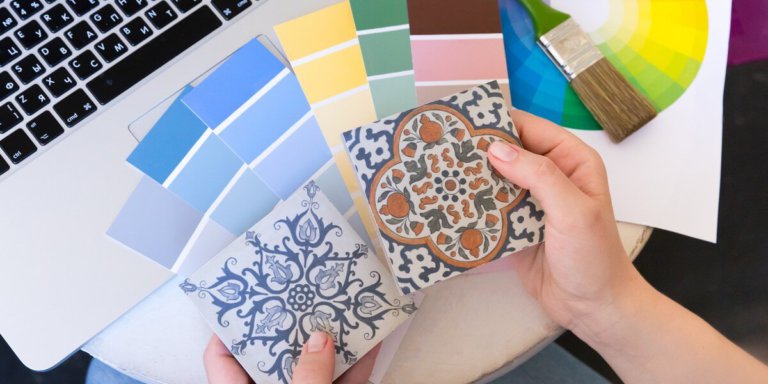
The umbrella of Creative Arts and Design covers several courses including photography, videography, performing arts, film, visual arts, fashion design, interior design, multimedia design, and more.
Not too long ago, these courses were often deemed as “fluffy” or frivolous, and not held in high esteem compared to STEM courses.
However, the Arts are now (finally) seen as a vital component of education due to the many benefits it offers students and individuals.
Pursuing subjects in the Arts allows students to hone their creativity skills. Creativity is one of the most sought-after traits by employers today as it leads to innovative thinking so that people can think out-of-the-box and come up with new solutions.
If you aren’t sure if a course in Creative Arts and Design is right for you, here are four reasons to consider studying in this field.
Transferrable skills
Crazy recognition of transferrable skills: graphic design has prepared me to be picky about APA formatting. It speaks my language! Crazy! #phd #highered #nerdalert #graphicart pic.twitter.com/v2Kttsme3a
— Lindsay Monihen (@lindsaymonihen) July 16, 2019
Besides creativity, learning creative arts subjects equips you with soft skills that are transferrable – meaning they can be applied in many other contexts and job scopes.
Thus, when you graduate, your prospects are not limited as you have the skills to be a valuable employee across different fields and industries.
Creative arts subjects have plenty of practical learning components where students develop problem-solving abilities, think critically, communicate with others, work in a team, and many other skills that are important in the coming future.
Rise of technology
How do new technologies bring about different ways that design function in our clothing and living spaces? Learn more: https://t.co/5hmoaP7FOm pic.twitter.com/aBXuKi9Day
— Routledge Creative Media and the Arts (@Arts_Routledge) November 12, 2019
The field of Creative Arts and Design is reaping the benefits of the rise of new technologies such as Artificial Intelligence, 3D printing and robotics.
There are a number of programmes where students can specialise in niche fields, where they can work with the latest technology to develop video games, apps, websites and other digital products.
According to IndiaToday, “The amalgamation of art and technology has given us a new way of looking at the world. This modern age art allows the visitors in an art gallery, museum or exhibition to engage with such art pieces in a multi-dimensional way.”
“Visual arts and contemporary immersive lighting have found significance across industries — from art galleries to communities — as companies now have started recognising the importance of visual appeal in product designs, branding, packaging, marketing and advertising.”
Diverse range of subjects
There are lots of courses to choose from in our Centre of Excellence in Creative Arts. Great to see our students showcasing their talents in a variety of subjects for our visitors tonight. #LoveOurColleges #art #gaming #drama #design #graphics #photography #Wigan @AoCNorthWest pic.twitter.com/Vs7NTLOkDg
— Wigan&Leigh College (@wiganleighcol) November 11, 2019
Students in Creative Arts and Design courses learn through a wide range of different subjects as courses are typically broad in nature.
No matter your specialisation, you can take classes in art, history, fashion design, photography, and more.
This diversity of subjects make you a more open-minded person and keeps you engaged, allowing you to soak up more information than if you were to study a more narrow degree.
You may even discover a new passion or interest while studying in this kind of degree programme as you are able to explore new subjects.
Job opportunities
Creative careers span arts, culture and design. Discover which creative job matches your talents and qualifications: https://t.co/RhchWSZuT8 pic.twitter.com/w7jWULXKJ2
— Prospects.ac.uk (@Prospects) November 12, 2017
There are a multitude of job prospects for those with a Creative Arts and Design degree. Depending on your course specialisation, you can work in the video game industry, digital advertising, graphic design, interior and spatial design, production design, and more.
The rising gig economy in this digital era is also suitable for those with a Creative Arts degree as work in this domain is typically flexible and can be done remotely.
Depending on your goals, you have options to freelance or launch your own start-up business or agency with a degree in Creative Arts and Design such as photography, videography and interior design.
According to Campaign, “Now, anyone with an Instagram account can be an illustrator or photographer with an international client list.
“It doesn’t necessarily mean the work is going to be good, but the opportunity is there for talent to shine through in a way it has never been before. There has never been a more exciting time to be a creator, with a worldwide audience at your fingertips.”







